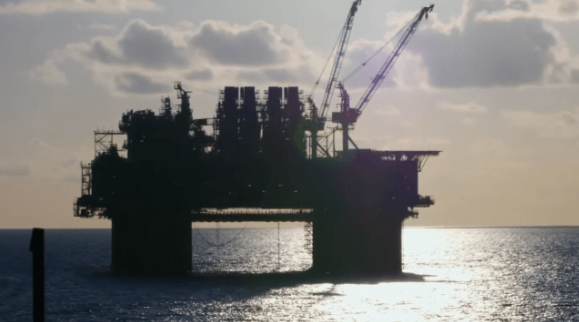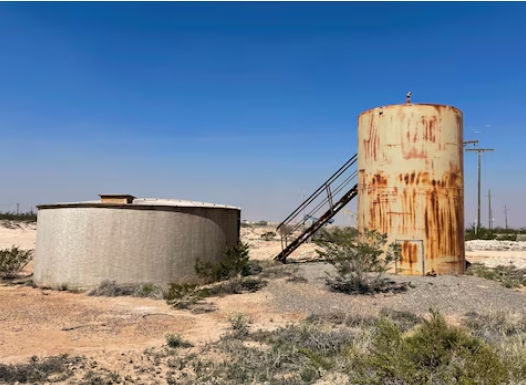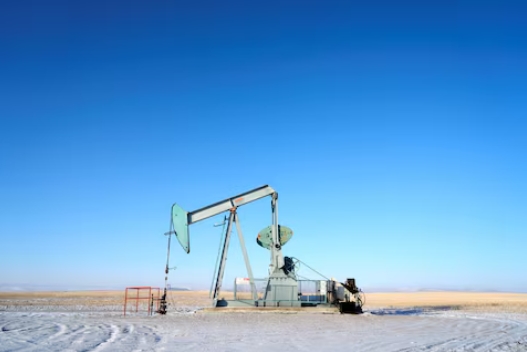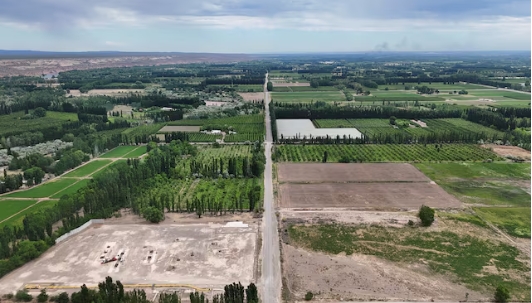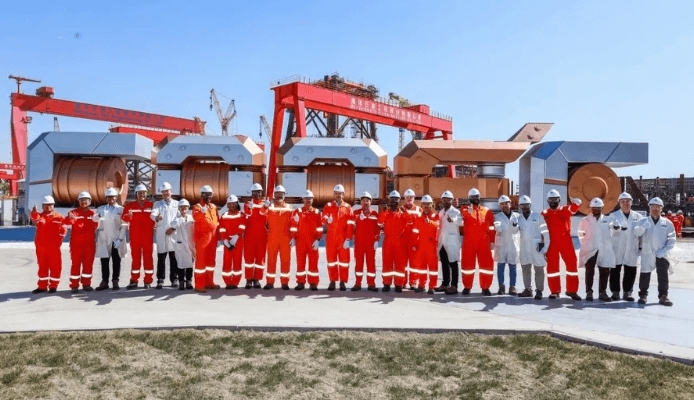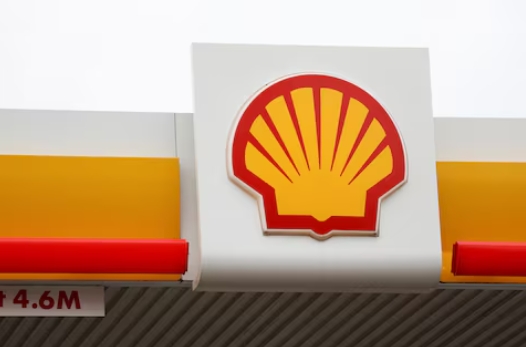The result is a rapid buildup in inventories. “In the last few weeks, steeply rising inventories have provided evidence of rapidly deteriorating market conditions. Builds span all key regions, both in consuming economies and in exporting countries,” Kayrros, an oil data firm wrote in a report. “In total, inventories rose by approximately 40 MMb in May and are now more than 90 MMb above 2018 levels. Today, stocks in OPEC exceed the November 2018 highs just before OPEC’s decision to cut production beginning in January 2019.”
What’s more, inventories have climbed even as OPEC has slashed exports, which makes it all the more impressive.
“Persistent growth in non-OPEC oil production continues to surprise on the upside,” Simon Flowers, chairman and chief analyst at Wood Mackenzie, wrote in a commentary. “Production keeps on growing despite structurally lower oil prices and upstream investment still 40% below peak.” Wood Mac revised up its medium-term forecast for U.S. supply growth into the 2020s.
Still, these rosy outlooks for U.S. shale ignore some of the growing cracks in the industry. The rig count continues to erode, falling to 788 last week, down 100 rigs from the recent peak hit last November. The Permian lost 5 rigs.
U.S. shale firms are burning through capital, with 9 out of 10 reporting negative cash flow in the first quarter of this year. The dismal performance of U.S. shale equities, and the loss of interest from Wall Street, may affect real world drilling and production. The “shrinkage in market capitalization of some companies is breathtaking,” an anonymous Texas oil executive said in a Dallas Federal Reserve survey in March. “These loses translate into a loss of interest in further direct investments in the drilling of new oil and/or natural gas prospects.”
According to the Midland Reporter-Telegram, land prices are falling in West Texas as “Permania” has cooled. The drilling rush over the last few years has led to soaring costs for land. Last month, Bloomberg reported that a Texas ranch sold for $450 million because it had access to water near a drilling location.
But, the slide in oil prices and the scrutiny from investors is letting some steam out of market. “We saw people paying upwards of $50,000 an acre; now it's about $15,000 an acre,” Andrew Dittmar, senior analyst with Drillinginfo, told the MRT.
The concentration of drilling has shifted towards the Delaware Basin, where well performance is better than for the Midland Basin. “Delaware Basin breakevens beat the other Lower 48 basins by $10 a barrel, while Midland Basin breakevens vary,” Tyler Krolczyk of Drillinginfo said, according to the MRT. The oil majors, including BP, Chevron and ExxonMobil, dominate the Delaware Basin, where they control nearly two-thirds of the Tier 1 acreage, according to data from Drillinginfo. Interest in the Midland is cooling a bit.
And yet, most analysts still see U.S. oil production growing. “The bottom line is that US supply is set to grow too fast next year given the relatively weaker levels of global petroleum demand growth,” Bank of America Merrill Lynch wrote in a note. “On a net basis, we expect non-OPEC supply to expand by 2.15mn b/d this year and 2.05mn b/d next year.”
The bank sees U.S. supply growing by 1.5 mb/d this year and by another 1.1 mb/d in 2020.
OPEC may choose to maintain cuts, and the expected loss of supply from Iran and Venezuela, and potentially from Libya, could offset some of those gains, but “the pace of non-OPEC supply growth still looks somewhat rich relative to the demand outlook,” Bank of America concluded. The bank lowered its price forecast for this year and next, expecting WTI to average $54 per barrel in both 2019 and 2020.
